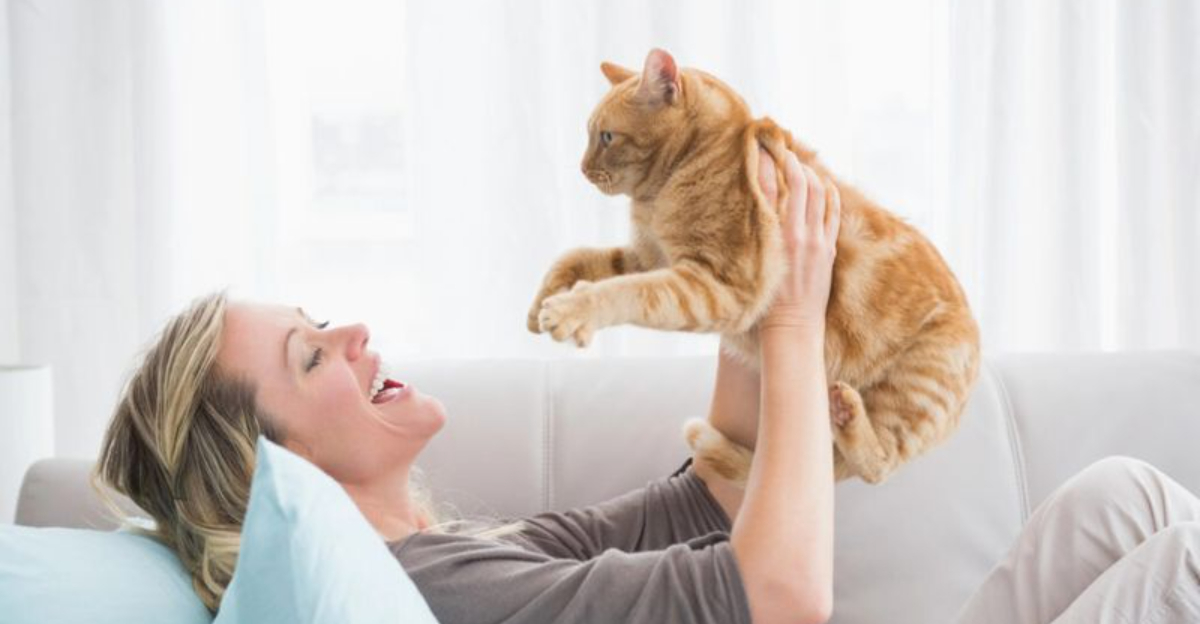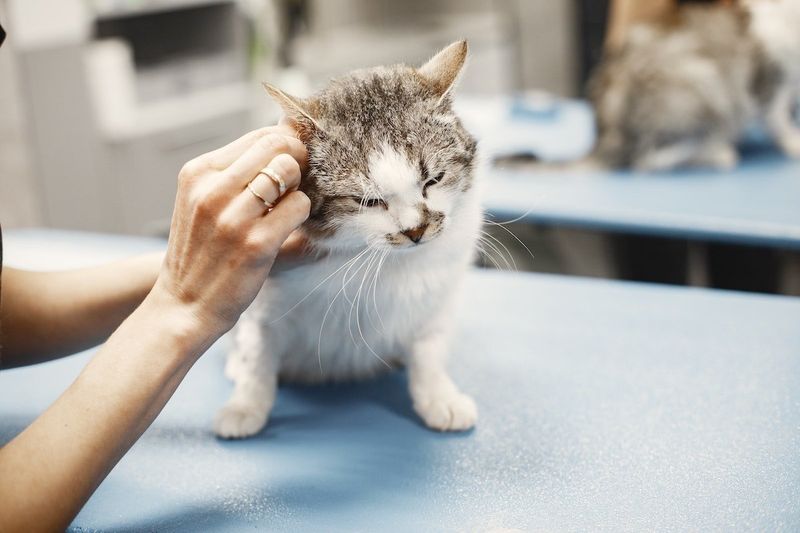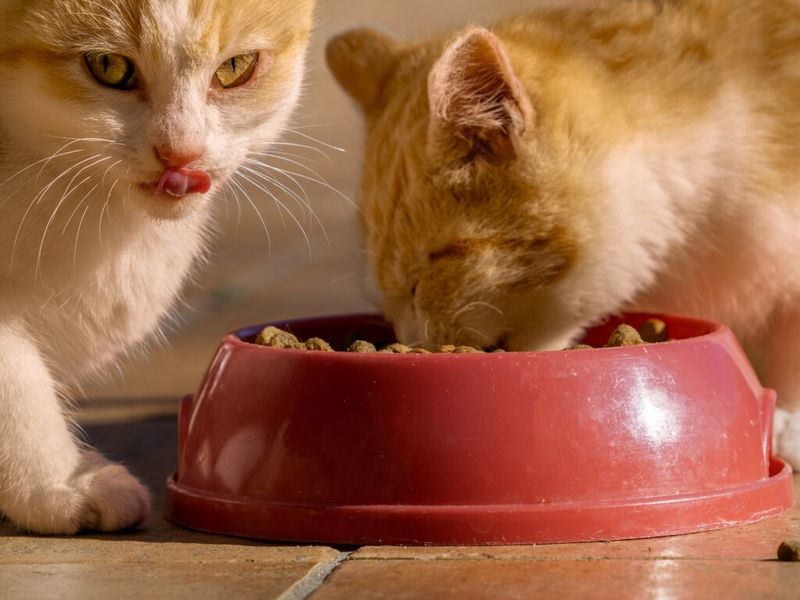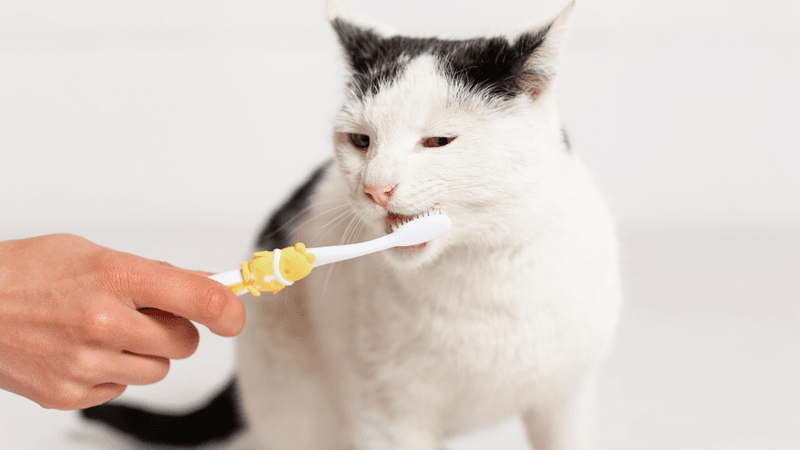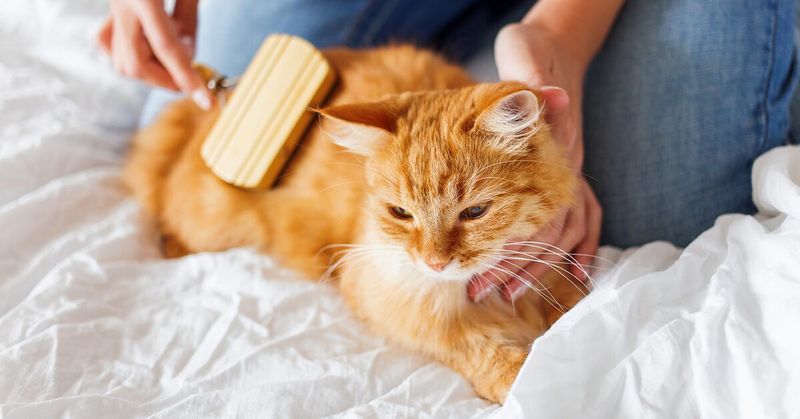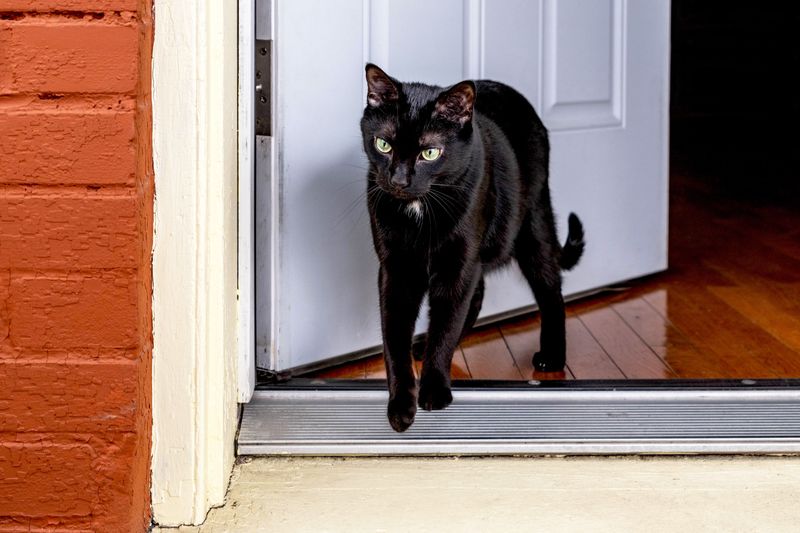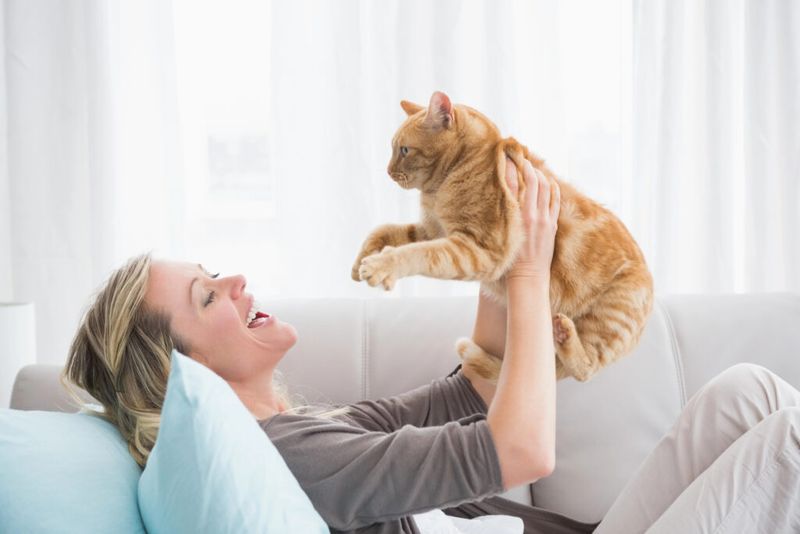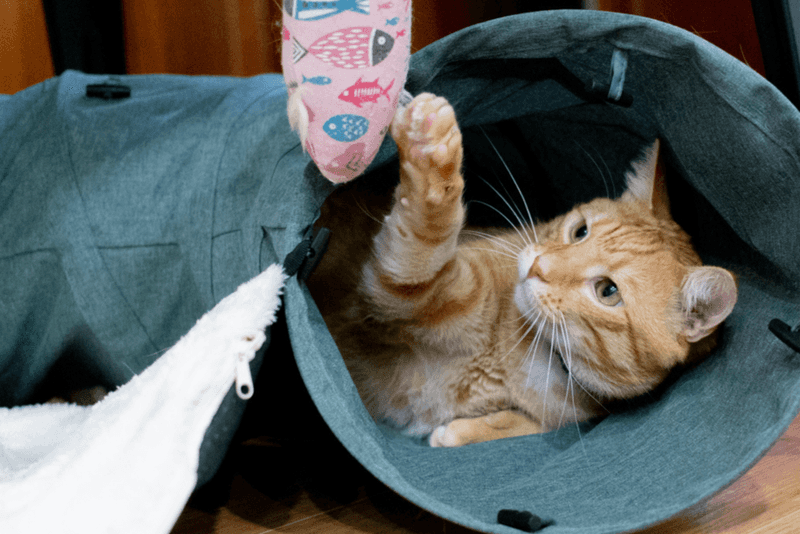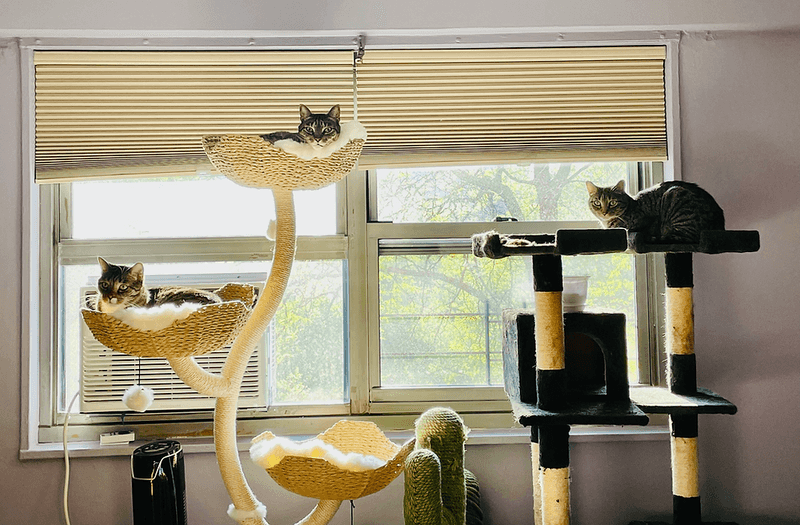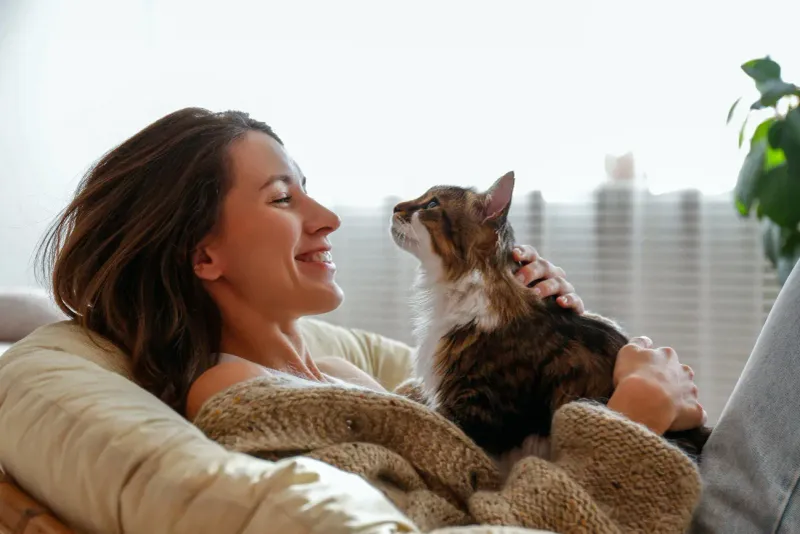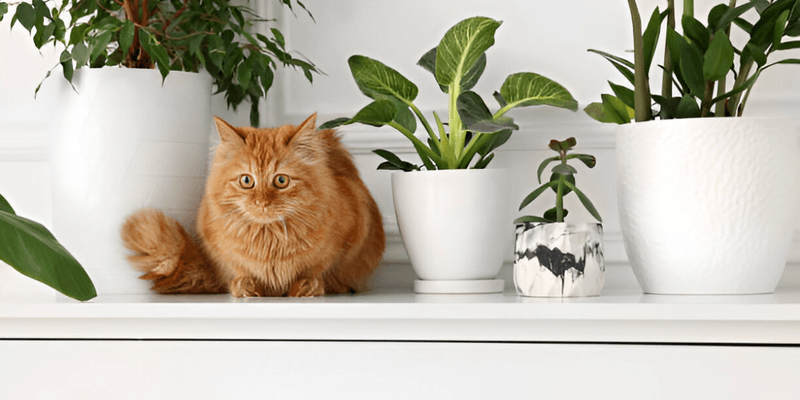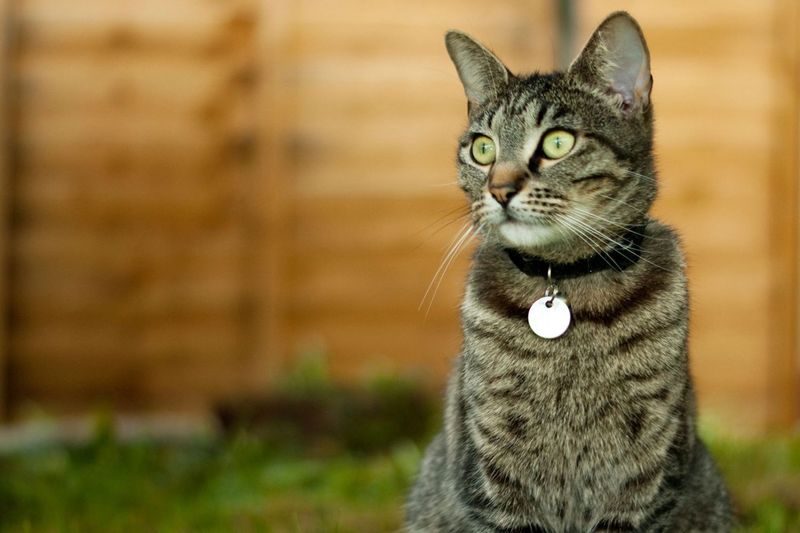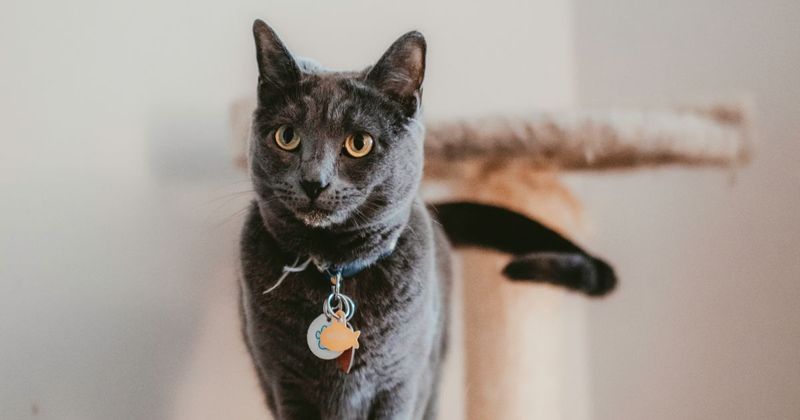📖 Table of Content:
- 1. Skipping the Vet Visit Early On
- 2. Feeding the Wrong Diet
- 3. Ignoring Dental Health
- 4. Using Scented Litter or Covered Litter Boxes
- 5. Assuming Cats Are Low Maintenance
- 6. Letting the Cat Roam Outdoors
- 7. Punishing Instead of Redirecting
- 8. Overlooking the Importance of Play
- 9. Not Providing Vertical Space
- 10. Forcing Affection
- 11. Using Unsafe Plants and Products
- 12. Neglecting to Microchip or Collar
- 13. Misunderstanding Cat Behavior
Bringing home a cat for the first time is an exciting milestone filled with cuddles, curiosity, and plenty of purring. But while cats may appear to be independent and low-maintenance pets, raising a happy and healthy feline actually requires a bit more knowledge and preparation than many expect. Without the right information, even the most well-intentioned first-time cat parent can make missteps that affect their pet’s wellbeing.
From feeding routines to behavioral cues, understanding a cat’s unique needs can make all the difference in creating a safe and loving home. Unfortunately, many new cat owners unknowingly adopt habits that could lead to stress, illness, or strained bonds with their pet. These mistakes aren’t always obvious — and that’s exactly why they’re so common.
By becoming aware of these pitfalls early on, you’ll be better equipped to avoid them and build a stronger relationship with your feline companion. Below are 13 of the most frequent mistakes new cat parents make, along with insights to help you sidestep each one. Whether you’ve just adopted your first kitten or are preparing for a rescue cat, these tips can help ensure a smoother journey together.
1. Skipping the Vet Visit Early On
It’s easy to assume a cat looks healthy just because it acts playful or eats well, but appearances can be deceiving. Without an initial veterinary checkup, underlying health issues might go undetected for months. Vaccinations, parasite control, and general health screenings should happen within the first week of adoption. Delaying this can leave your cat vulnerable to preventable diseases and infections. Some new owners wait until something seems “off,” but by then, problems may have worsened. Building a relationship with a vet early also helps your cat acclimate to checkups in a low-stress way. This first visit lays the groundwork for long-term preventative care and peace of mind.
2. Feeding the Wrong Diet
Feeding a cat might seem straightforward, but the reality is far more nuanced. Cats are obligate carnivores, meaning their bodies require a meat-based diet to thrive. Relying too heavily on cheap kibble or feeding human food can cause nutritional imbalances. Not all cat foods are created equal — some lack essential amino acids like taurine, which is critical for heart and eye health. Portion control is also important, as obesity is a major issue among indoor cats. A veterinarian or pet nutritionist can guide you on selecting the right mix of wet and dry food. Taking the time to understand your cat’s dietary needs can prevent long-term health issues and costly vet visits.
3. Ignoring Dental Health
Dental care is often overlooked because cats rarely show visible signs of discomfort until problems are advanced. Plaque buildup, gum disease, and tooth decay can quietly develop over time. If left untreated, oral infections can spread to vital organs, shortening your cat’s lifespan. Daily brushing is ideal, though even brushing a few times a week makes a difference. Specialized dental treats, toys, and water additives can support oral hygiene between brushings. It’s wise to include dental exams in your vet checkups to stay ahead of potential issues. Good dental health contributes to your cat’s overall comfort and longevity.
4. Using Scented Litter or Covered Litter Boxes
Many cat owners pick litter or litter boxes based on aesthetics or odor control, not realizing cats have strong preferences. Scented litter can be overwhelming for a cat’s sensitive nose, leading to avoidance or inappropriate elimination. Covered boxes trap odors and limit airflow, making them unpleasant for cats to use. Cats value cleanliness and easy escape routes when they relieve themselves. An open, unscented, easily accessible box is often the best choice. Scoop daily and change the litter regularly to keep things fresh and inviting. By prioritizing your cat’s comfort, you’ll also reduce messes and frustration in your home.
5. Assuming Cats Are Low Maintenance
Though cats are more independent than dogs, they still need regular care and engagement. Some people believe cats can be left alone for long periods with just food and water, but this can lead to loneliness and boredom. Behavioral problems often arise when cats don’t get enough attention or stimulation. Grooming, nail trimming, and enrichment activities are essential parts of cat care. Routine vet visits and daily litter box maintenance can’t be skipped either. It’s a misconception that cats don’t require effort — they simply have different needs. Understanding this helps prevent neglectful habits from forming unintentionally.
6. Letting the Cat Roam Outdoors
Allowing a cat to wander outside might feel like you’re giving them freedom, but the risks far outweigh the benefits. Outdoor cats are more likely to contract diseases, get injured, or become lost. Predators, cars, and other animals can all pose serious threats. Even brief outdoor excursions can lead to parasite infestations like fleas or ticks. Consider alternatives like leash training or “catios” to give your cat safe outdoor experiences. Indoor cats tend to live longer, healthier lives when protected from these dangers. Choosing safety doesn’t mean depriving your cat — it means protecting them from unnecessary harm.
7. Punishing Instead of Redirecting
When cats scratch furniture or jump on counters, some owners respond with punishment, but this often backfires. Cats don’t understand discipline in the same way dogs might, and punishment can create fear or aggression. Using squirt bottles or yelling teaches your cat to avoid you, not the behavior. Instead, redirect their actions by offering appropriate outlets, like scratching posts or elevated shelves. Reward good behavior with treats or affection to reinforce positive habits. Over time, this builds trust and mutual understanding. Respecting how cats learn will help you shape their behavior more effectively and compassionately.
8. Overlooking the Importance of Play
Interactive play is more than just a way to entertain your cat — it’s a key part of their physical and mental wellbeing. Boredom can lead to destructive behaviors, weight gain, and even depression in cats. Daily play mimics hunting instincts and helps release built-up energy. Wand toys, laser pointers, and puzzle feeders are excellent tools for engagement. Play also deepens the bond between you and your cat, especially when it’s consistent and fun. Skipping playtime sends the message that interaction is optional, which can lead to behavioral distance. Make play a regular and joyful part of your cat’s routine.
9. Not Providing Vertical Space
Cats are natural climbers and observers, and they thrive in environments that offer vertical variety. Without cat trees, window ledges, or shelves, they may become restless or anxious. Vertical territory provides safe zones for retreat and exploration, which is especially important in multi-pet households. It also reduces boredom by expanding the usable space in your home. Investing in climbing structures or creating DIY platforms can vastly improve your cat’s quality of life. Elevated spaces help your cat feel secure and entertained, satisfying their instinct to survey their environment. Enriching their surroundings leads to a happier and more confident feline.
10. Forcing Affection
While many people want instant snuggles from their new pet, cats often need time and space to build trust. Pushing interactions too soon can make a cat wary or stressed. Instead of grabbing or holding them constantly, allow your cat to initiate contact. Respecting their boundaries teaches them that you’re safe to approach. Look for cues like slow blinking or head bumps, which signal affection in feline language. Patience pays off — most cats warm up over time if you’re gentle and consistent. Giving your cat control over when and how affection happens creates a deeper bond.
11. Using Unsafe Plants and Products
It’s common to decorate a home with plants or use essential oils without realizing they might be toxic to cats. Lilies, poinsettias, and even aloe vera can be deadly if ingested. Similarly, diffusing oils like tea tree or eucalyptus can cause respiratory distress. Before introducing anything new into your home, double-check its safety with a vet or online toxicity list. Cats are curious by nature and may chew on or inhale substances that seem harmless. Swapping toxic items for pet-safe alternatives can prevent emergency situations. A little research can go a long way in making your home safer.
12. Neglecting to Microchip or Collar
Many indoor-only cat owners skip microchipping or collars because they assume their pet won’t escape. However, accidents happen — an open window, a door left ajar — and suddenly your cat is outside and vulnerable. Microchipping greatly increases the chance of a safe return if your cat is found. Breakaway collars with ID tags offer quick identification in case someone spots your cat nearby. These small safety measures can make a massive difference in recovery time. It’s always better to be overprepared than caught off guard. Think of it as a seatbelt: you hope you never need it, but you’ll be glad it’s there if you do.
13. Misunderstanding Cat Behavior
Reading a cat’s body language takes practice and observation, especially for first-time owners. A swishing tail, flattened ears, or dilated pupils can all communicate very different emotions. Misinterpreting these signals can lead to missed opportunities for connection or even accidental aggression. Cats don’t vocalize needs the same way dogs do — they often rely on subtleties. Learning what your cat’s cues mean helps you respond appropriately and build trust. Over time, you’ll notice patterns in their behavior that reveal mood, preference, or even health issues. Understanding their language turns confusion into confidence and frustration into companionship.
